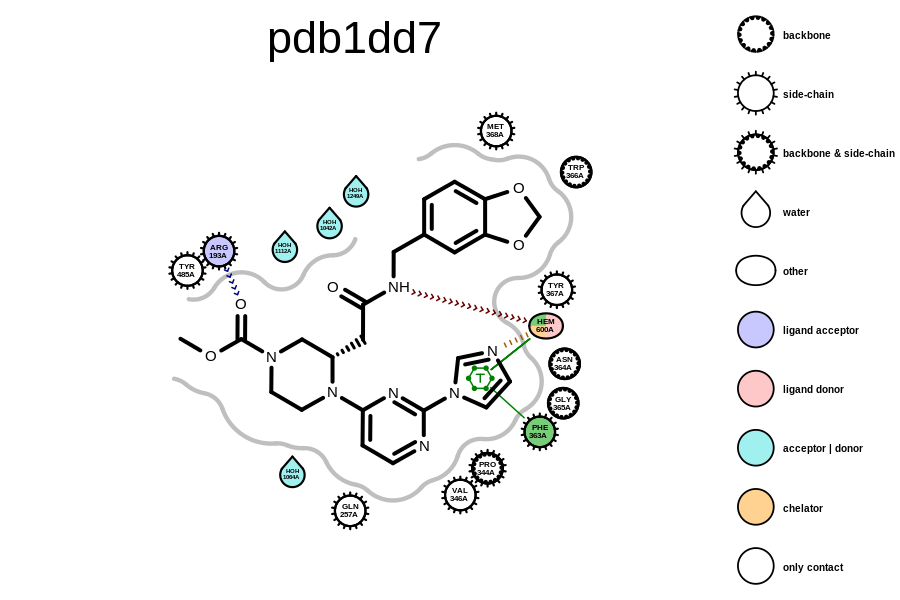OEToolkits 2016.Jun
Single Build Distributions
OpenEye is pleased to announce the release of a Linux distribution built
for maximum compatibility across multiple Linux versions. This will simplify the
deployment of toolkits and toolkit programs across heterogeneous Linux environments.
A toolkit executable built using the single-build distribution will run
unmodified on most modern Linux systems, eliminating the need to
build executables for each Linux release or compiler version.
Currently, this single-build release is available for C++ and Python in
parallel with our normal version-specific releases.
In the future, we plan to make this build strategy available for all
OpenEye-supported platforms.
For more information, see the Single-Build Distributions (Linux) section for C++ and the Common Linux Single-Build Installation section for Python.
Protein-Ligand Visualization
Grapheme TK provides representation schemes that allow clear and coherent visualization of complex chemical information. Its most important function is to project the intricate interactions of a protein-ligand complex into a 2D diagram visualizing key interactions and properties that chemists can use to make fast and effective judgments.
The receptor-ligand visualization introduced in 2015.Feb has been extended to visualize two new interaction types: salt-bridges and stacking interactions (Pi and T). Accordingly, the color scheme used to depict these interactions has been revamped.
Grapheme TK has also introduced the capability to select and highlight various parts of the protein-ligand 2D depiction.

|

|
Note
As per customers’ request, the OEFragmentNetwork class and its related API have been renamed and deprecated. The words “fragment,” “network,” and “connection” appearing in the names of classes and functions designed to store receptor-ligand interactions has been found to be confusing. The primary class is now called OEInteractionHintContainer. For more details, see the Deprecated OEFragmentNetwork and related API section. The new API retains all previous functionalities and adds the capability to handle the new interaction types.
Tversky Similarity Scoring in FastROCS TK
FastROCS TK has supported only Tanimoto (symmetric) similarity scoring since its inception. This release adds Tversky similarity scoring to FastROCS TK. Using Tversky instead of Tanimoto scoring can lead to a higher retrieval of actives in searches, as indicated by our large-scale comparison experiment using the DUDE database (see the chart below).
Other significant improvements in FastROCS TK include the reduced
memory consumption of OEShapeDatabase to support
color scoring and support for the new 361.* driver. This new
driver has a noticeable performance improvement (approximately 10%), so
upgrading is recommended.

|
General Notices
This 2016.Jun release supports Python 3.5 on Windows with Visual Studio 2015. Python 3.3 on Windows is no longer supported.
This 2016.Jun release supports Visual Studio 2015 for C++ and C# toolkits. Visual Studio 2010 and Visual Studio 2012 are no longer supported.
This 2016.Jun release is the last to support Ubuntu 12 for all toolkits. The 2016.Oct release will add Ubuntu 16 support.
This 2016.Jun release is the last to support 32-bit RedHat 5 for all toolkits.
This 2016.Jun release is the last to support Python 2.6 on RedHat 6.
Note
OpenEye is planning to phase out Python 2 support by the October, 2017 release. As this is a substantial change for us and our customers, we are willing to help with code migration, either with advice or hands-on work with your code-base. Please contact support@eyesopen.com for more details.